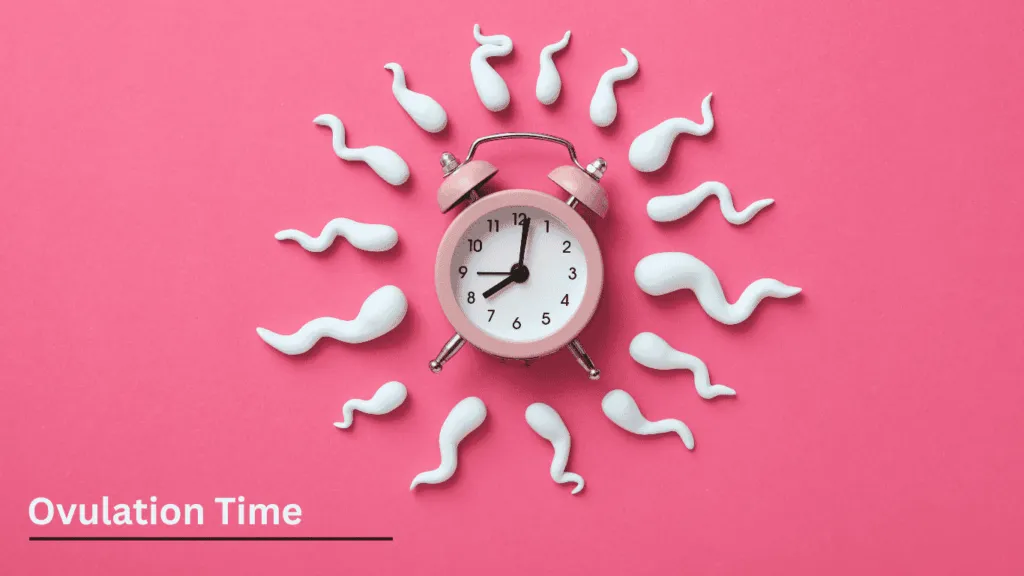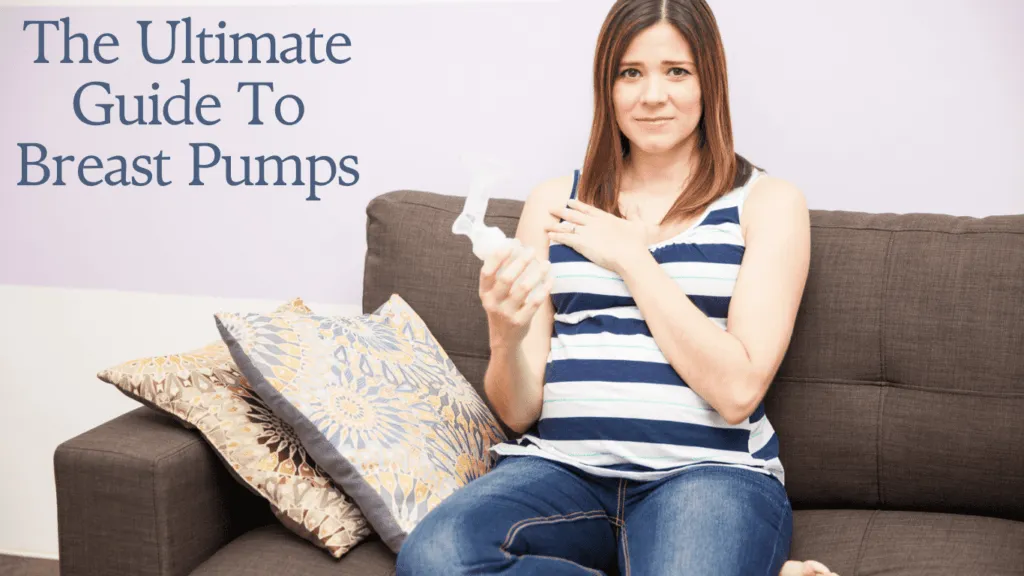Common Pumping Mistakes Breastfeeding Moms Make
10 Common Pumping Mistakes Breastfeeding Moms Make (And How to Avoid Them) Pumping breast milk can feel overwhelming for many moms, especially when trying to balance supply, comfort, and a busy schedule. As a certified lactation consultant, I’ve supported hundreds of mothers and have seen certain mistakes repeatedly impact their breastfeeding journeys. This guide will help you avoid these common pitfalls and make pumping a more effective, comfortable, and successful experience. 1. Using the Wrong Flange Size The Mistake: Many moms assume the standard flange size included with the pump fits everyone. In reality, using the wrong flange size can lead to discomfort, nipple trauma, and poor milk extraction. How to Avoid It: Measure your nipple diameter before pumping (preferably after a feeding). Add 2-4mm to your measurement when selecting a flange. Your nipple should move freely in the tunnel without rubbing or excessive pulling. Re-check flange size every 2-3 months since nipple size can change postpartum. Pro Tip: Some moms need different flange sizes for each breast—it’s perfectly normal! 2. Skipping Breast Massage and Compression The Mistake: Simply attaching the pump and waiting for milk flow can limit milk output and result in clogged ducts. How to Avoid It: Apply a warm compress before pumping to stimulate milk ejection. Gently massage the breasts before and during pumping, moving from the chest toward the nipple. Try hands-on pumping techniques for better drainage. Compress the breasts (gentle hand squeezing) during sessions, especially if milk flow slows. Why It Works: Massage and compression help mimic a baby’s natural suckling and trigger multiple letdowns. 3. Setting Suction Levels Too High The Mistake: Many moms think higher suction means more milk output. Unfortunately, too much suction can cause nipple pain and damage while reducing milk flow. How to Avoid It: Start with a low suction level and gradually increase until it’s comfortable but effective. Use a gentle suction during the letdown phase and increase only during the expression phase. If it feels painful, the suction is too high. Pumping should never hurt. Remember: Comfort is key to effective milk extraction. 4. Neglecting Pump Maintenance The Mistake: Using worn-out parts or failing to clean pump components properly can impact milk flow and hygiene. How to Avoid It: Replace valves and membranes monthly, as these parts wear out quickly. Clean pump parts thoroughly after each use with warm, soapy water. Sanitize parts (like flanges and bottles) once a day using steam bags, boiling water, or a sterilizer. Check tubing regularly for moisture or mold, replacing it if any appears. Pro Tip: Keep spare parts on hand to avoid unexpected interruptions. 5. Inconsistent Pumping Schedule The Mistake: Irregular pumping patterns can confuse your body, leading to reduced milk supply. How to Avoid It: Try to pump at the same times your baby would normally feed. Pump every 2-3 hours during the day if you’re exclusively pumping. Maintain a consistent session duration of 15-20 minutes. Don’t skip night sessions if your baby is still feeding overnight. Fact: Regular stimulation helps maintain and even increase milk supply. 6. Stress and Tension While Pumping The Mistake: Stress can directly impact milk flow due to the body’s hormonal response. Pumping in a rushed or tense state often reduces output. How to Avoid It: Create a calm, private pumping space where you feel relaxed. Use privacy screens or a “Do Not Disturb” sign if pumping at work. Keep a photo or video of your baby nearby to trigger the letdown reflex. Practice deep breathing, meditation, or gentle music to ease tension. Did You Know? Oxytocin, the “love hormone,” plays a major role in milk release. Relaxation can promote better milk flow! 7. Not Tracking Milk Output The Mistake: Guessing your milk supply instead of tracking it can make it hard to identify patterns or issues early on. How to Avoid It: Log your pumping times and milk volume for each session. Track which breast produces more milk. Note any changes in milk output, as they can indicate issues like illness or stress. Use a journal or a breastfeeding app to stay organized. Pro Tip: Keeping records can help your lactation consultant troubleshoot supply issues. 8. Improper Milk Storage and Handling The Mistake: Incorrectly storing breast milk can lead to spoilage, nutrient loss, and waste. How to Avoid It: Use BPA-free storage bags or clean, food-grade containers. Label each container with the date and volume. Store in small portions (2-4 oz) to avoid waste. Follow proper storage guidelines: Room temperature: Up to 4 hours Refrigerator: Up to 4 days Freezer: 6-12 months (deep freezer) Pro Tip: Always use the first-in, first-out system when rotating stored milk. 9. Ignoring Early Signs of Clogged Ducts or Mastitis The Mistake: Ignoring breast discomfort or lumps can lead to serious issues like mastitis, a painful breast infection. How to Avoid It: Massage any tender areas while pumping or nursing. Apply a warm compress to help milk flow. Ensure proper latch and full drainage during sessions. If you feel flu-like symptoms with breast pain, seek medical attention—mastitis requires prompt care. 10. Relying Solely on Pumping Without Nursing The Mistake: While pumping is an effective tool, exclusively pumping without nursing can sometimes impact long-term supply. How to Avoid It: If possible, nurse your baby directly when you’re together. Use skin-to-skin contact to boost supply naturally. If exclusively pumping, ensure frequent, thorough emptying of both breasts. Fact: Babies are often more efficient than pumps at milk extraction. Final Thoughts: Every Mom’s Journey is Unique Breastfeeding and pumping can be challenging, but you’re not alone! Avoiding these common mistakes can help make your experience more comfortable and successful. Remember, every mom’s journey is unique—what works for one may need adjustments for another. If you’re struggling with milk supply, discomfort, or pump performance, consider reaching out to a certified lactation consultant for personalized support. You’ve got this, mama! Need more tips on choosing the best breast pump for your journey? Explore our expert reviews and comparisons on Breast Pumps Hub.
Common Pumping Mistakes Breastfeeding Moms Make Read More »






